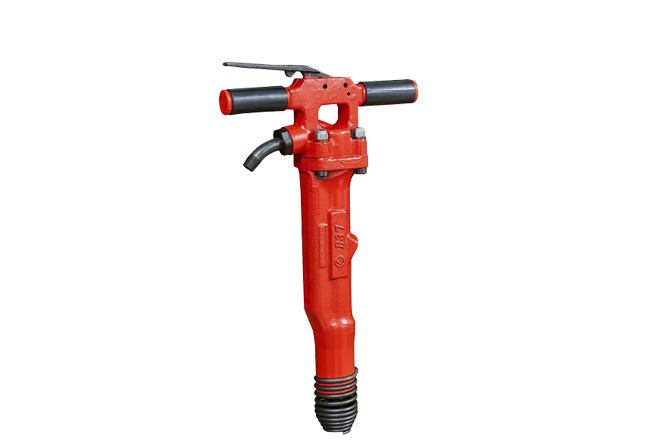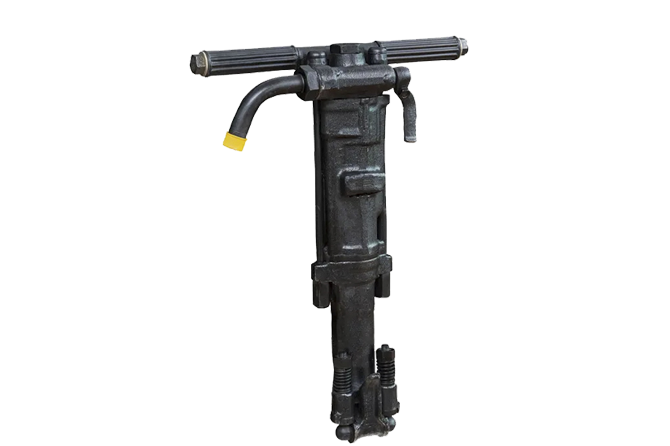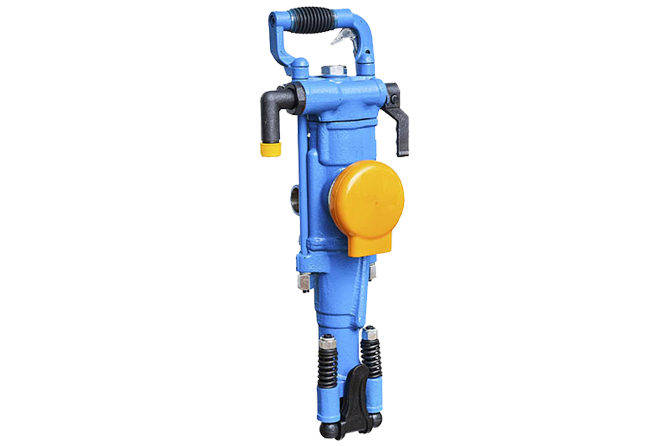To accomplish various jobs that involve causing holes in rocks, a machine known as a rock drill can be employed. Finding the perfect rock drill for you, however, isn’t a matter of taking a guess – instead, it is suggested to reach out to a skilled practitioner for their advice. As each rock drill has its merits and weaknesses, conversing with an educated source on the subject is the most sensible way to ensure that you procure the correct one for the job.
The most widespread type of drill found in rock excavation is known as a rotary one. Through its rotating bit, these drills excavate holes in the most tenacious rock faces, normally for energy excavation operations such as oil or gas extraction. These drills are embellished with great power, allowing them to penetrate even the most obdurate stones. Despite these capabilities however, they are not exempt from their hefty weight and intricate operation.
A popular choice for projects such as drilling fence posts or utility poles is the percussion drill. Instead of a rotary drill, this type of rock drill utilizes a hammering motion to penetrate the rock, making it lighter and simpler to manage. Though not as potent, percussion drills are still able to effectively form small-scale holes in the rock.
For projects requiring medium-weight drilling, like establishing foundations, hydraulic drills are a well utilized tool. These particular drills rely on pressurized fluid to create holes in the rock face, pumping out more power than their percussion siblings. That said, hydraulic drills require a heightened level of expertise to operate, with their function being more complicated than other tools of the same kind.
Light and simple to manage, pneumatic drills are the ideal choice for those executing more petite rock drilling projects such as crafting jewelry. Unlike their powerful counterparts, this particular type of tool creates its holes using pressurized air rather than hefty measures of might. Nonetheless, these versatile drilling solutions are still a great pick for smaller-scale projects.
Selecting a rock drill is essential if the desired outcome is to be achieved. Aspects to consider include the drill size and strength, as well as the nature of the rock. A drilling specialist can be consulted to guarantee that the fittest drill for the job is chosen.
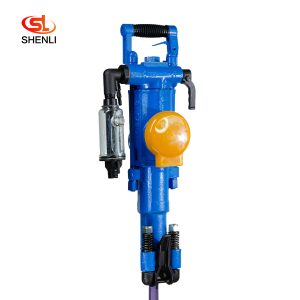
Short Description: YT29A air-legged rock drills are heavy-duty push-leg (air-legged) rock drills with low energy consumption, which are more suitable for drilling horizontal or inc […]
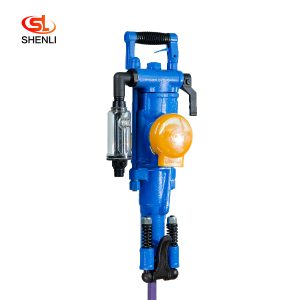
Short Description: The YT28 air-leg rock drill is a kind of high-efficiency, energy-saving and environmentally friendly rock drilling equipment. Compared with similar pneumatic pro […]
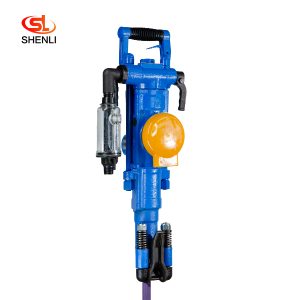
Short Description: The YT27 air-legged rock drill is a highly efficient lightweight rock drill suitable for downward or inclined drilling in medium-hard or hard (f=8 – 18) ro […]
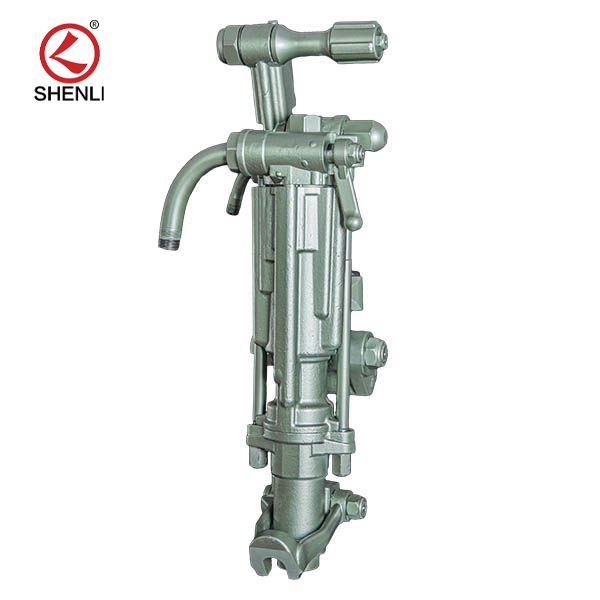
Product description: (S250 jackleg Drill) has been the preferred choice of miners who demand high performance, superior control and lasting reliability. the S250 jackleg allows ope […]
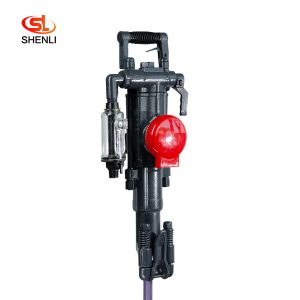
Scope of application: Model S82 air-legged rock drills are heavy-duty air-legged rock drills with high efficiency and low consumption, which are especially suitable for use in the […]
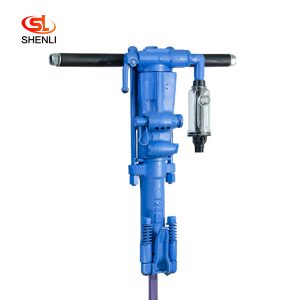
Product introduction Y26 hand-held rock drill is mainly used for drilling shell holes and secondary blasting in mines, railroads, water conservancy, and rock works, which can dry a […]
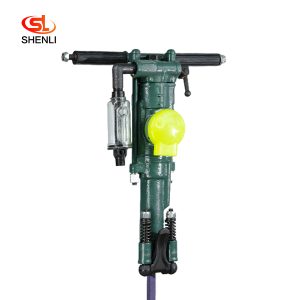
Product description: Y24 hand-held rock drill is a variant of YT24 air-leg rock drill in our factory. It has the advanced level in China and was rated as the high quality product i […]
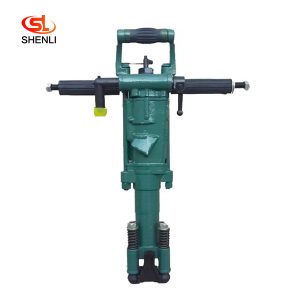
Product description: Y20LY hand-held pneumatic leg dual drill is a kind of light rock machinery, which can be used in secondary blasting in mines and quarries as well as in stone w […]
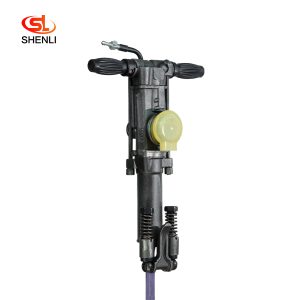
Product Description: Y18 hand – held and air – leg drill is suitable for drilling and blasting holes on soft, medium and hard rocks and W-1.5/4, W-1.8/5, W-2/5 and othe […]

